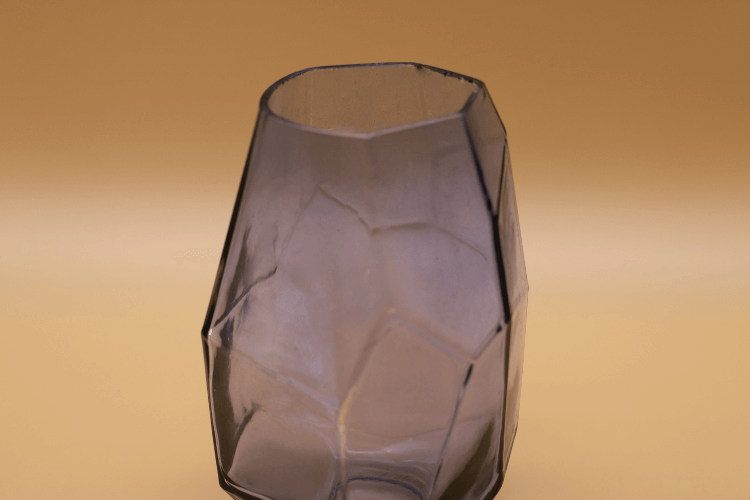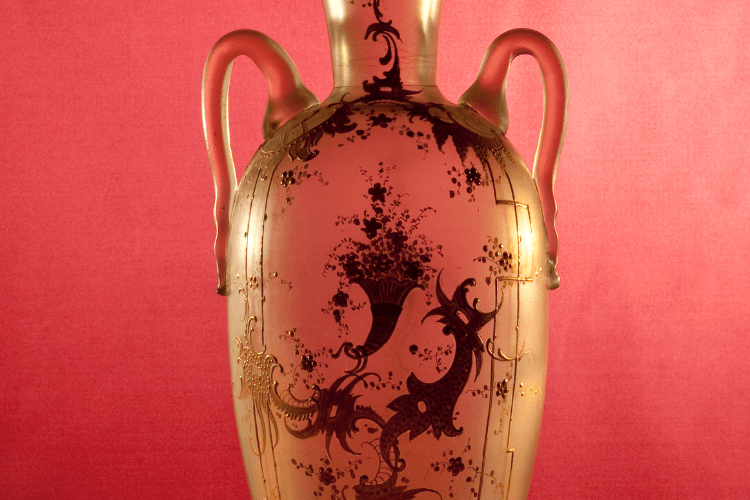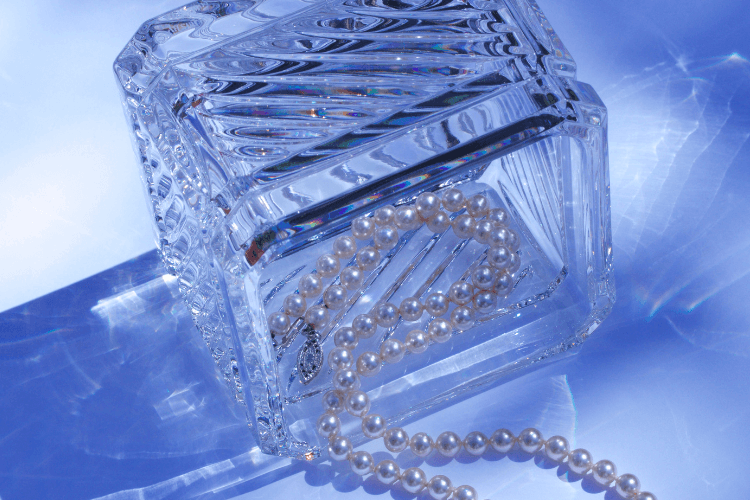
In the world of art and design, there are few materials as captivating as leaded crystal. Its ability to refract light, creating a dance of colors and brilliance, has made it a favorite among artists and collectors alike. And when it comes to the mastery of crafting this material into timeless pieces of art, Denali Crystal stands unparalleled.
Founded with a passion for melding artistry with precision, Denali Crystal has become synonymous with excellence in the realm of leaded crystal sculptures and art pieces. Their creations are not just objects; they are stories, emotions, and moments captured in shimmering clarity.
A Floridian Affair
Recently, southern Florida witnessed a grand celebration of architectural and constructional prowess at its premier Construction Awards ceremony. The event, which honors the best in the construction industry, required trophies that matched the grandeur of the accomplishments being recognized. Enter Denali Crystal.
Denali was commissioned to create several unique pieces for the awards ceremony. Given the significance of the event, the stakes were high. But as always, Denali Crystal rose to the occasion, delivering sculptures that were not just awards but masterpieces.
Inspiration and Execution
Drawing inspiration from the architectural wonders of Florida – from the art deco brilliance of Miami to the modern marvels dotting the coastline – Denali’s designers embarked on a journey of creation. The result was a series of sculptures that paid homage to the spirit of construction, the balance of design, and the beauty of innovation.
Each piece was handcrafted, undergoing rigorous quality checks to ensure perfection. The leaded crystal caught the Floridian sun, refracting hues of gold, azure, and coral – a nod to the state’s golden beaches, clear skies, and the iconic coral constructions.
Spotlight on the Awardees
The southern Florida Construction Awards ceremony was not just a celebration of architectural and constructional brilliance but also a testament to the dedication, innovation, and resilience of the companies that make Florida’s skyline a marvel to behold. Here’s a look at some of the standout awardees and the honors they received:
- Hollywood Marine Construction: Awarded the “Pinnacle of Marine Excellence” trophy, this company was recognized for its groundbreaking work in creating sustainable marine infrastructures. Their projects have not only enhanced the beauty of Florida’s coastline but have also ensured that the state’s marine ecosystems thrive.
- Coral Bay Builders: Taking home the “Innovative Design of the Year” award, Coral Bay Builders were celebrated for their eco-friendly residential complexes that seamlessly blend modern design with nature.
- Lumina Towers Inc.: Honored with the “Skyscraper Visionary” accolade, Lumina Towers has redefined the skyline of southern Florida with their avant-garde high-rises that offer breathtaking views while maintaining energy efficiency.
- Everglade Estates: Winning the “Sustainable Community Developer” award, Everglade Estates was recognized for their commitment to creating housing communities that are in harmony with Florida’s unique landscapes and ecosystems.
- Palm Grove Innovations: Awarded the “Green Construction Pioneer” trophy, this company has been at the forefront of integrating renewable energy solutions into their construction projects, setting a benchmark for the industry.
Each of these companies, with their distinct visions and relentless pursuit of excellence, has contributed to making Florida a beacon of architectural and constructional innovation. Their achievements, now immortalized in Denali Crystal’s masterpieces, will inspire generations of builders, designers, and dreamers.
Reception and Acclaim
As the awards were presented, the audience was visibly moved. The weight and clarity of the Denali creations in the hands of the awardees were not just symbolic of their achievements but also a testament to the artistry of the creators.
Feedback from the event organizers and attendees was overwhelmingly positive. Many remarked on the beauty and intricacy of the awards, noting that they truly felt like they were receiving a piece of art.
The Future is Crystal Clear
Denali Crystal’s involvement in the southern Florida Construction Awards is a testament to their commitment to excellence and their ability to capture the essence of significant moments. As they continue to push the boundaries of what’s possible with leaded crystal, one thing is clear: the world can expect many more mesmerizing creations from this remarkable company.
In a world where the ephemeral often takes precedence, Denali Crystal reminds us of the enduring beauty of craftsmanship, precision, and art. Their sculptures and art pieces are not just objects; they are legacies, destined to shine brightly for generations to come.







